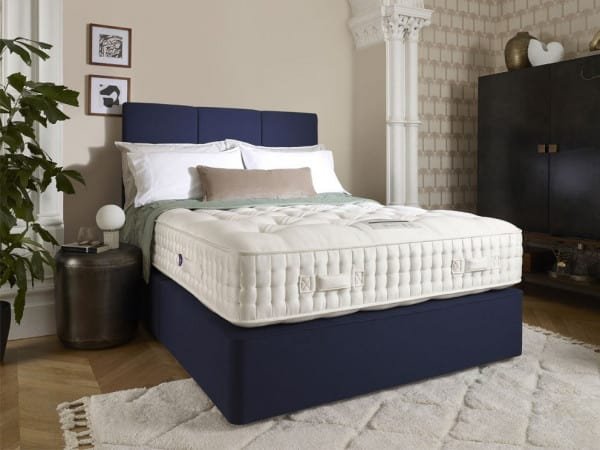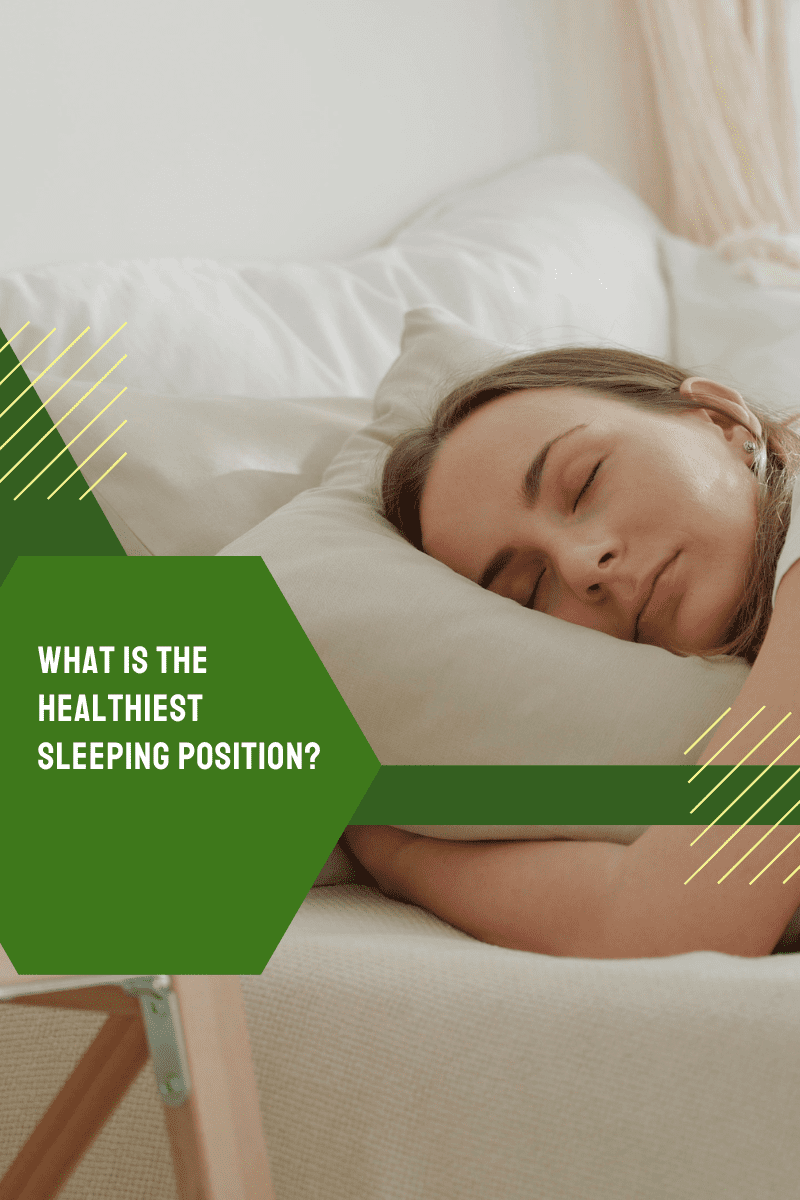How to Choose the Right Mattress for Your Sleeping Position
A restful night’s sleep depends on sleeping on the right mattress. I know how difficult it can be to locate the ideal mattress for my sleeping posture because I’ve struggled with it myself. Yet, with some understanding and mattress research, you will find the perfect mattress for your needs.
Thinking about your sleeping posture is the first step in selecting the best mattress. Different firmness levels will support your body depending on whether you want to sleep on your back, stomach, or side. While stomach sleepers may need a more rigid mattress to avoid sinking too far in, back sleepers usually need a medium-firm mattress to keep their spine in alignment. A softer mattress is typically necessary for side sleepers to cushion their shoulders and hips. While choosing a mattress, it’s crucial to consider your body shape. For instance, if you weigh more, a firmer mattress could be necessary to give you extra support. Conversely, a softer bed can be more comfortable if you’re lighter. Considering these things, you may reduce your choices and find the ideal mattress for your body type and sleeping position.
Being Aware of Your Sleeping Posture
Your preferred sleeping position must be considered when choosing a mattress because various positions require firmness and support. I’ll review the 3-basic sleeping positions in this section and what to look for when picking a mattress.
- Back sleepers – You need a mattress that supports your lower back if you sleep on your back. It is advised to sleep on a medium-firm mattress to keep your spine straight and minimise pain. A mattress with a slight contour will also support your spine’s natural curve.
- The side-sleepers – If you sleep on your side, you need a mattress that will cushion your pressure areas, such as your hips and shoulders. A softer mattress is advised to ease pressure and let your body sink into the mattress. Seek for a mattress with a memory foam or latex top layer, as these materials offer good pressure relief and adjust to the curve of your body.
- Belly sleepers – If you sleep on your stomach, you need a firmer mattress to correct your spine. Choose a mattress that supports your hips and relieves medium-firm to firm pain. Your hips will sink into the too-soft bed, resulting in lower back aches.
Remember that a restful night’s sleep depends on selecting the appropriate mattress for your sleeping posture. You can find the best mattress to meet your needs by considering your sleeping position and the degree of firmness and support you require.
Mattress Design and Composition
Understanding the many mattress kinds available is necessary to choose the best one for your sleeping position. These are the 3 most popular mattress types:
- mattresses with inner springs – The oldest and most common coil-network mattress is the innerspring mattress. Innerspring mattresses are suitable for people who sleep on their stomachs or back because they offer a firmer resting surface that maintains spinal alignment. The mattress’s support and firmness are determined by the number of coils and their gauge. Choose an innerspring mattress with a high coil count and a lower gauge for superior support. Consider the padding material on the coils, such as memory foam or latex, for enhanced comfort.
- Mattresses with memory foam – High-density foam is used to make memory foam mattresses adjust to the shape of your body to relieve pressure points and support your spine. They are perfect for side sleepers since they conform to the body’s contours and take pressure off the hips and shoulders. Search for a memory foam mattress with a high density and thickness for improved support and durability. For extra cooling and breathability, consider the type of memory foam, such as gel-infused memory foam, also called cooling mattresses.
- Mattresses made of latex – Natural or synthetic latex can be used to make latex mattresses, which offer a responsive and springy sleeping surface. They offer a firmer resting surface that maintains spinal alignment and are perfect for people who sleep on their backs or stomachs.
A latex mattress with a high proportion of natural latex will be more durable and breathable. When making a choice, consider firmness, support, and comfort levels. Consider the type of latex, such as Talalay or Dunlop, for a variation in firmness and support. Your preferred sleeping posture and personal preferences should be considered while selecting a mattress.
Strength and Support
Proper mattress firmness and support are crucial for a restful night’s sleep. How hard or soft a mattress feels when you lie down on it is its firmness. Conversely, support describes how well the bed maintains spinal alignment as you sleep.
- Degrees of Firmness – There is no one-size-fits-all regarding stiffness levels. Your body type, preferred sleeping position, and personal preferences will determine the optimal firmness level for your mattress. According to the Sleep Foundation, mattresses are traditionally classified on a scale of 1 to 10, with 1 being the softest and 10 being the firmest. Mattresses rated 1-2 are exceptionally soft, while those rated 9–10 are considered highly firm. The majority of individuals think mattresses rated from 5-7 to be the most comfortable.
You might prefer a mattress with a softer feel if you sleep on your side to assist in cushioning your shoulders and hips. A medium-firm mattress can help support the lower back of back sleepers. A firmer mattress is typically necessary for stomach sleepers to avoid having their hips drop too much and experiencing back pain.
- Supporting Elements – There are a few factors to consider regarding supporting features. Ensure the mattress has enough support to correct your spine before anything else. To ensure that your weight is distributed properly over the mattress, look for a mattress with adequate contouring. Motion isolation is another essential support element. If you share a bed with a spouse, choose a mattress that minimises motion transfer so their movements won’t wake you up at night.
Finally, take into account the kind of mattress you want. Hybrid mattresses combine a supportive coil system with a soft foam top layer to give you the best of both worlds. While memory foam mattresses offer excellent contouring and pressure reduction, innerspring mattresses are more sturdy and springy.



